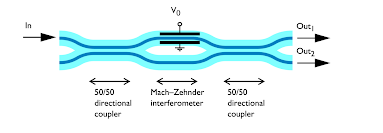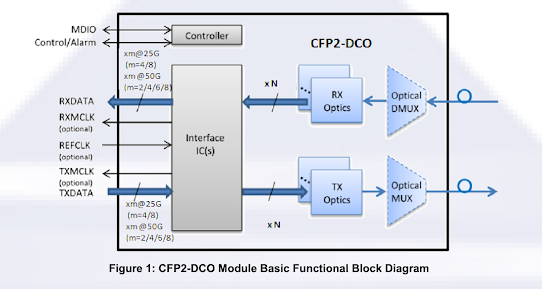OPEN ROADM MSA

The goals of the Open ROADM Multi-Source Agreement are (1) the disaggregation and opening up of traditionally proprietary ROADM systems (2) the SDN-enablement of traditionally fixed ROADMs There are many ways to disaggregate ROADM systems, e.g. hardware disaggregation (e.g. defining a common shelf) or functional disaggregation (less about hardware, more about function). Due to the complexity of common shelves, the Open ROADM MSA chose the functional disaggregation first. We defined three optical functions: pluggable optics, transponder and ROADM (the optical switch part with amplifiers, couplers, WSS, etc.). Common shelves can be introduced at a later point for some functions, like transponders, if they make sense as an extension of the models. All of the three disaggregated functions (pluggable optics, transponder and ROADM) are controllable through an open standards-based API (written in the data modeling language YANG) that can be accessed through an SDN Controller us

